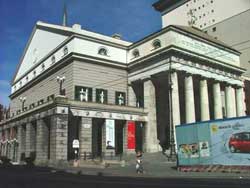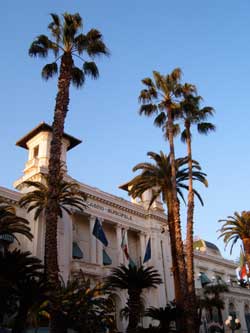Ligurian art from the eighteenth century to the postwar period
 The French Rococo in the eighteenth century was an inspiration for the Ligurian one, an example of which can be seen in the Palazzo Durazzo Bombrini in Genoa Cornigliano by PP Del Cotte.
The French Rococo in the eighteenth century was an inspiration for the Ligurian one, an example of which can be seen in the Palazzo Durazzo Bombrini in Genoa Cornigliano by PP Del Cotte.
At the end of the century then, there was the advent of neoclassicism and many buildings were restored with the current taste, of which an emblem is the Cathedral of Porto Maurizio .
In the nineteenth century, the Staglieno cemetery , the Carlo Felice theater and the Academy of Fine Arts were built in Genoa, all works by Carlo Barabino , while in La Spezia the urban work was carried out by Domenico Chiodo. Between 1890 and 1902 Plinio Nomellini founded the Albaro group and introduced the pointillist art.
Liberty style, eclecticism and rationalism
In the twentieth century, many Art Nouveau buildings were built in Liguria such as the Palazzo del Casino in Sanremo , a trend favored also by the growing tourism of the time and consequently various examples of this style can be seen in the bathing establishments, villas and hotels built in that period. .
 The Florentine Coppedè brought the eclecticism of his bizarre works, very different from rationalism, a style that, before and after the war, left many traces of himself in Liguria: from Genoa to La Spezia, Savona, Sanremo.
The Florentine Coppedè brought the eclecticism of his bizarre works, very different from rationalism, a style that, before and after the war, left many traces of himself in Liguria: from Genoa to La Spezia, Savona, Sanremo.
Recently a lot has been done in Genoa of modernity, among which the greatest and most famous work is certainly the restructuring of the Porto Antico by Renzo Piano , but modern architectures have also been created in the region, in Savona (Palacrociere) and La Spezia (Centro Kennedy Commercial).